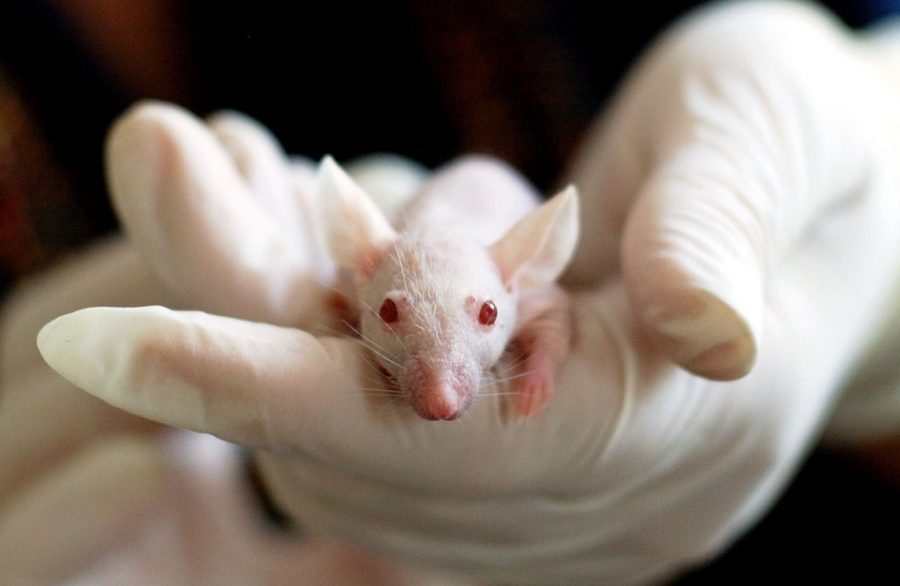For our Benefit? The Toxicity of Animal Testing
For centuries, animals have been used to test whether or not products are safe for humans. But, if there are questions about how safe a product is for humans, why aren’t there questions on how safe it is for animals?
Animal testing started to become a huge idea in the 1900s, but the main idea of animal testing goes back all the way to 400 BC in Greece. This stemmed from the need to make a product healthy and safe for humans, but not wanting to test the products on humans. So, they turned to animals.
More than 100 million animals have been forced to go through excruciating pain and torture, such as electrocution, inhaling toxic fumes, eating pesticides, and having corrosive chemicals dripped into their eyes. And if brand is popular enough, it can still release products that had complications during testing animals, meaning the suffering was pointless.
Animal testing started off as a mostly harmless idea; and in the beginning, it was. An animal that was tested on could walk away with minimal problems from a simple experiment. But, as the world evolved, we’ve performed more complex, harmful tests that put the animals through that excruciating pain and leave them with horrifying, life-long medical issues that most times cannot be reversed.
When the topic of animal testing is brought up, most people will automatically think of horrendous, disgusting tests that will cause an animal extreme pain, discomfort, and death. But, that isn’t always the case.
All over the world, students perform dissections for science classes. Animal dissections have been widely accepted as a part of the school curriculum, and a learning experience for children. Although, the number of animals being killed for scientific purposes nearly doubled in 1990, and it has skyrocketed in the past 25 years overall. For the sole purpose of an extra style of education, animals are being forced into this toxicity and are being killed, whether by chemical testing or not.
Though the tests cause horrifically sickening pain to these animals, it’s okay because it allows brands to figure out which products are safe for humans, right? Wrong. Animal tests have been found to be inaccurate and not reliable. As more tests are being run, it has become increasingly evident that animals and humans are significantly different. Animal bodies don’t react the way that humans will, so tests cause problems for both the animal and the human.
Since the tests don’t even provide accurate details, is there any point in continuing them? No. In this day in age, we have enough resources and ideas to be able to create a safer, more accurate way to test products that doesn’t involve endangering the health and well-being of millions of animals. Testing on animals is an outdated idea. It can be replaced by technology with accurate results that save time, and the lives of millions of animals.
Specifically, there are several companies who actively employ animal testing that you may use on a daily basis.
- Windex. Windex is tested on animals to determine whether it is irritating to skin.
- Band-aids. Band-aids are tested to find whether they are capable of sticking to our skin.
- Vaseline. Vaseline is tested to determine whether it can provide our skin with the nourishment and hydration it may be lacking.
- Contact lenses. Contact lenses are considered a ‘medical device,’ and, legally, all medical devices have to be tested on animals.
- Diapers. Diapers are tested on animals to test whether they cause skin irritation. They also force animals to ingest ingredients used in the materials.
It’s easy to only think about ourselves, our everyday needs, and the easiest option. But, along with the topic of animal testing, we need to understand that our consumption of certain products hurts animals, our ecosystem, and ultimately, each other.

Abbey is a sophomore, and this is her second year writing for the paper. She is on the NA majorette team, and she competes on the Sensations majorette...


